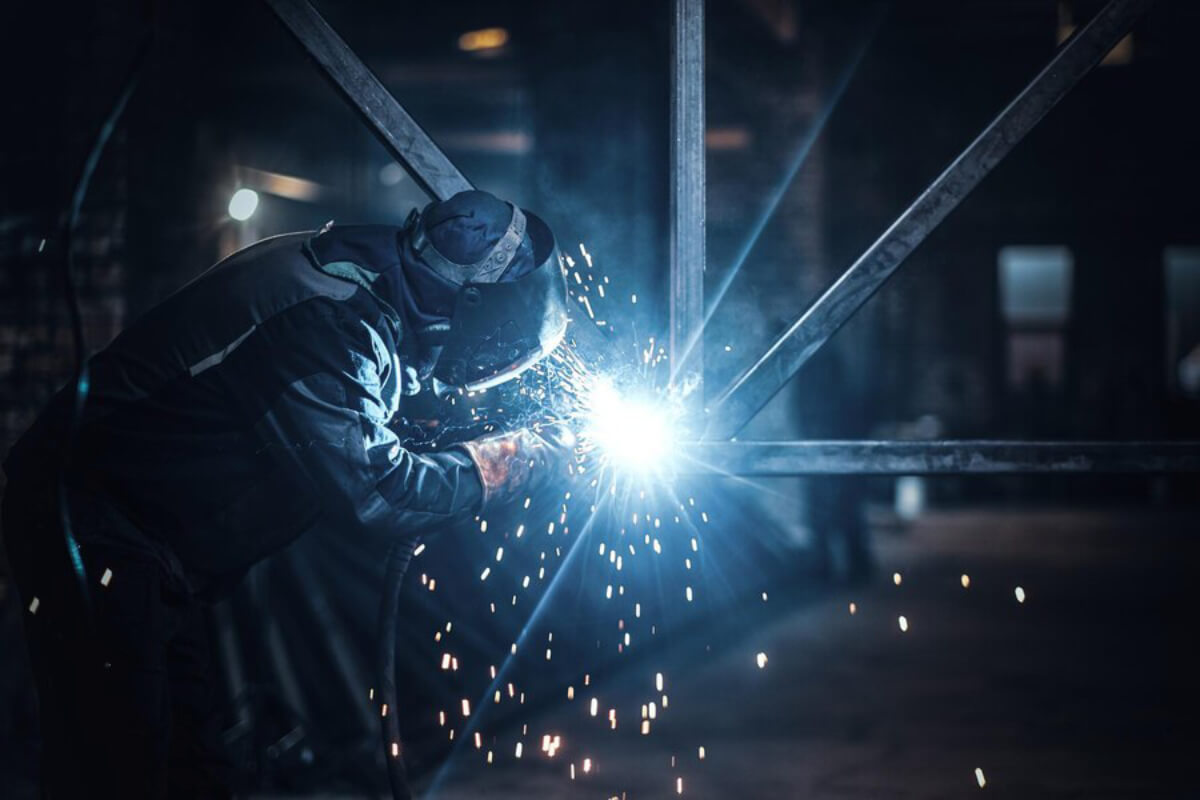In the present day, there are more efficient and better welding ways to cut metals than oxy-acetylene welding (gas welding). However, it stands its place due to its simplicity and wide scope of applications. Till today, hobbyists and small metal workshops depend on gas welding to produce quality metal pieces.
Today, we will learn about gas welding and understand its applications including its pros and cons and why it’s an important welding process:
Oxy-acetylene welding
Unlike TIG or MIG welding, oxy-acetylene uses the combustion of oxygen and fuel gas to create the flame. The name oxy-acetylene is given as it uses oxygen and acetylene to produce flame as they stand as primary gases for combustion.
It also uses different kinds of gases like propane, hydrogen and coal gas to produce flame for non-ferrous metals as well as for brazing or silver soldering.
Gas welding cuts the metal pieces with the heat generated through the combustion of gases. The temperature at the cutting tip reaches the melting point up to 3200 degrees centigrade.
In other welding processes where electricity is used to generate the heat, the temperature could rise to 5000 degrees. It’s the reason why gas welding is more suitable for hobbyists, amateurs and small metal workshops. For professional workshops and big metal shops, other modern welding methods are recommended.
Types of flames
The flow rate of oxygen determines the heat of the flame produced. More the oxygen, the hotter the flame which could warp the metal. A colder flame occurs when fuel gas is more than oxygen which might produce low-quality welds. Adjusting the flame profile is important to produce high-quality welds.
Three types of flames are used in gas welding and they are:
- Neutral flameEqual amounts of welding gases by volume produced a neutral flame. Using the neutral flame doesn’t affect the properties of the metal as full combustion happens. It also produces less smoke. If you are cutting metals like cast iron, mild steel and stainless steel, then neutral flame is recommended.
- Carburising flameIf a higher amount of fuel gas is used than oxygen, then it’s called carburising flame. The flame will be smoky and has a quiet flame which forms metal carbide. This flame is preferred if you are cutting nickel, steel alloys and non-ferrous metals.
- Oxidising flameIf the amount of oxygen is higher than fuel, then it’s called oxidising flame. It has a higher flame temperature and is used for cutting metals like brass, copper, bronze and zinc.
Pros of gas welding
- Gas welding is suitable for both ferrous and non-ferrous metals
- It doesn’t need electricity which is a huge plus for small metal shop owners.
- The technique involved in gas welding is simple and straightforward.
- The equipment used for gas welding is cheap and portable when compared to other welding processes.
Cons of gas welding
- It offers less penetration when cutting the metals, hence it’s suitable for welding thin metals.
- It produces less heat when compared to other welding techniques.
- The process needs post-welding finishing to produce a more aesthetic look.
- It has a slower rate of heating and cooling when compared to present-day welding processes.
- Not suitable for cutting high-strength steel because the process can alter the mechanical properties of steel.








Follow us